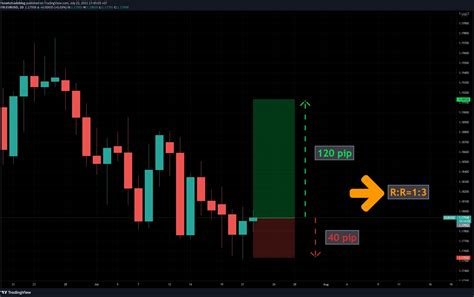**”Uncovering the Secrets of Cryptocurrency Markets: A Guide to Risk-Reward Ratios and Market Depth”
The world of cryptocurrency has come a long way since its inception in 2009. With the rise of decentralized finance (DeFi) and non-fungible tokens (NFTs), investors are increasingly drawn to the space. However, the volatility associated with cryptocurrency markets can be intimidating for new entrants. One key metric that traders should understand is the risk-reward ratio (RRR). Meanwhile, market depth provides valuable insights into liquidity dynamics, which can impact trading decisions. In this article, we will delve into the world of Initial DEX Offering (IDO), its importance in cryptocurrency markets, and how to capitalize on it.
Market Depth
Market depth refers to the volume of trades executed at a specific price level in a short period. It is essential to understanding liquidity dynamics, as a high market depth indicates that there are many buyers and sellers actively participating in the market. Conversely, a low market depth can lead to tighter bid-ask spreads, making it harder for traders to enter or exit positions.
IDO: The Next Frontier
An IDO is an initial public offering of a blockchain-based project, typically launched on one or more decentralized exchanges (DEXs) such as Uniswap, SushiSwap, and Curve. IDOs offer several advantages:
- Increased Liquidity: As more investors enter the market, the price tends to rise, attracting even more buyers.
- Reduced Volatility: Increased demand can lead to lower prices, making it easier for traders to buy at lower levels.
- New Opportunities: IDOs often attract new investors, providing fresh capital and market attention.
However, IDOs also come with unique risks:
- Increased Regulatory Scrutiny

: Governments may scrutinize the project’s activities, which can impact its valuation and trading activity.
- Market Manipulation: Some projects may use price manipulation tactics to artificially inflate their value.
- Project Instability: The success of an IDO depends on the project’s underlying technology and market demand.
Risk-Reward Ratio (RRR)
The risk-reward ratio is a key metric for investors, traders, and developers. It measures the potential reward of a trade relative to the amount at risk. A high RRR indicates that you are likely to succeed in your investment or trading activity. Conversely, a low RRR suggests that you may be taking on too much risk.
A good rule of thumb is to aim for an RRR of 1:2 or higher. This means that for every dollar invested, you should earn at least two dollars in potential returns.
Calculating Your RRR
To calculate your RRR, consider the following:
- Expected Reward: The amount of profit or return expected from a trade.
- Risk
: The amount at risk, which is typically equal to your initial investment.
For example, if you invest $100 and expect to earn 10% in returns, your RRR would be 1:0.9 (10% = $90). If the price increases by 20% due to market demand, your net gain would be $90 + ($100 x 20%) = $120.
Conclusion
Unlocking the secrets of cryptocurrency markets requires a deep understanding of risk-reward ratios and market depth. By leveraging the benefits of IDOs and taking advantage of their liquidity dynamics, you can increase your chances of success in the cryptocurrency space. Remember to maintain a cautious approach and never invest more than you can afford to lose. As with any investment or trading activity, it is essential to do your research, set clear goals and stay informed about market developments.
Disclaimer: This article is for informational purposes only and should not be considered as investment advice. Cryptocurrency markets are inherently volatile and past performance is not indicative of future results.
